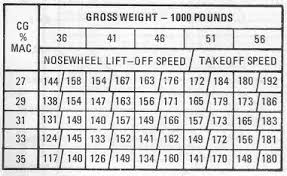- Joined
- 6 September 2006
- Messages
- 4,808
- Reaction score
- 9,316
Having a better oxidizer seems to have been an issue too. But do you want to be storing too much stuff like LOX aboard a carrier? You have plenty enough combustible stuff aboard to keep safe from penetrating hits.
And of course one advantage of steam cats is that (assuming you are not just burning compressed air) is that steam doesn't run out as long as your boilers/reactor are going and you have sufficient pressure.
The C-14 seems pretty basic with JP-5 and air, but if you switched to more novel combustibles then you might run into supply issues at high sortie rates. Plus with more dangerous substances you might need to ensure good bore evacuation to prevent any pre-ignitions.
And of course one advantage of steam cats is that (assuming you are not just burning compressed air) is that steam doesn't run out as long as your boilers/reactor are going and you have sufficient pressure.
The C-14 seems pretty basic with JP-5 and air, but if you switched to more novel combustibles then you might run into supply issues at high sortie rates. Plus with more dangerous substances you might need to ensure good bore evacuation to prevent any pre-ignitions.






